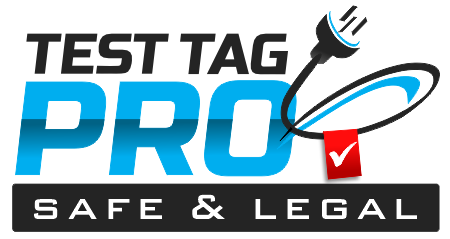In Queensland, testing and tagging of electrical equipment is mandated by WorkSafe QLD and the Electrical Safety Office (ESO) to ensure workplace safety.
This process involves inspecting and labelling electrical appliances to verify they are safe for use, with testing intervals varying based on the type of equipment and work environment.
Failure to comply with these regulations can lead to penalties and pose risks to workers.
Key aspects of Queensland’s test and tag compliance:
- Legal Requirement: Testing and tagging is a legal requirement for businesses in Queensland.
- Competent Person: Only a competent person, defined as someone with the necessary knowledge, skills, and experience (through training, qualifications, or a combination of both), should perform testing and tagging.
- Frequency: Testing frequency varies based on the environment and equipment. For example, construction sites require testing every 3 months, while office equipment might only need testing every 5 years.
- Equipment Covered: Testing and tagging applies to all portable electrical appliances, extension cords, and equipment with a current rating of 20 amps or less.
- Penalties: Non-compliance can result in fines and potential harm to workers.
- AS/NZS 3760: This Australian Standard provides guidelines for the testing and tagging of electrical equipment in workplaces.
- Color Coding: In construction and demolition, a color-coded system is used to indicate when equipment was last tested.

